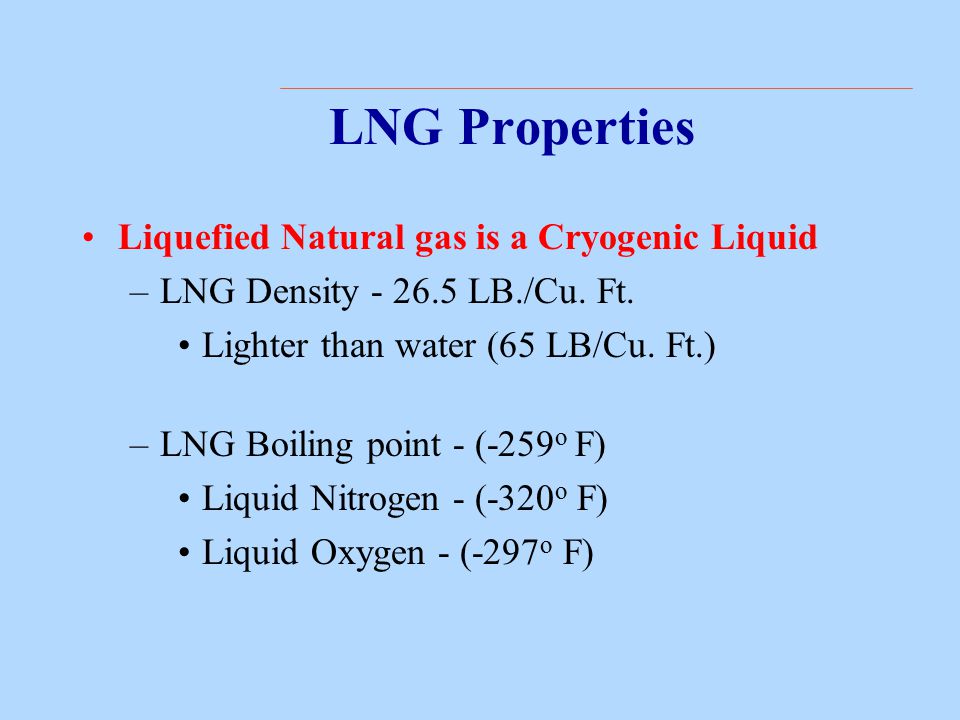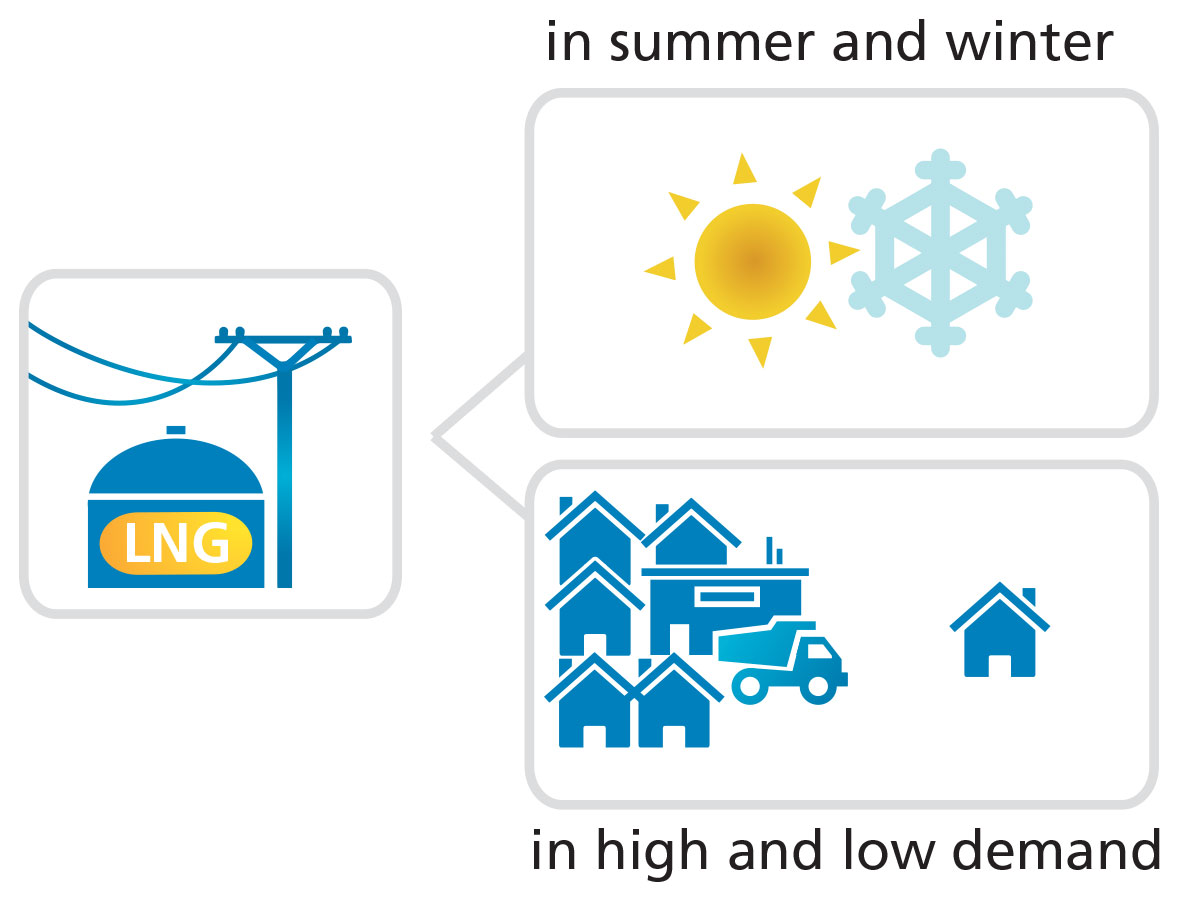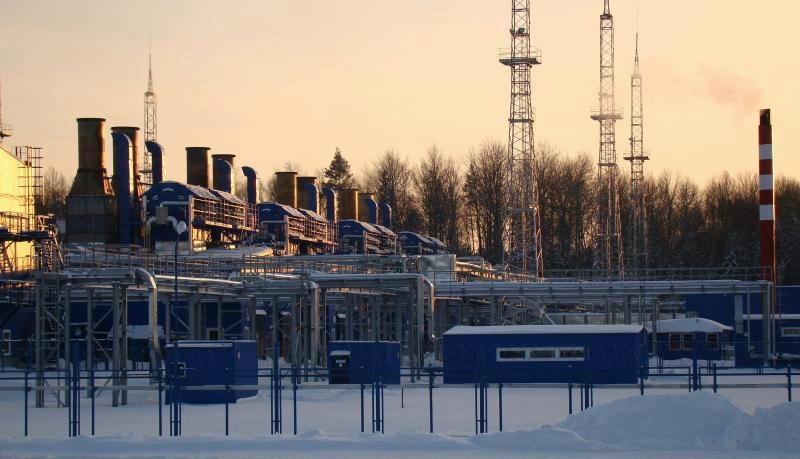LPG Full Form – LPG Meaning – What Does LPG Stand For? What does LPG stand for? The meaning of LPG is either Liquefied Petroleum Gas or Liquid Petroleum Gas.
Liquefied Natural Gas. Natural gas is liquefied by cooling it to -160 °C (-260 °F) at atmospheric pressure. At that temperature, LNG occupies 1/600th the volume of natural gas at atmospheric temperature and pressure.


Natural gas is a naturally occurring hydrocarbon gas mixture consisting primarily of methane, but commonly including varying amounts of other higher alkanes, and sometimes a small percentage of carbon dioxide, nitrogen, hydrogen sulfide, or helium.
Compressed Natural Gas (CNG) is, as its name suggests, the close relative of LNG and as a natural gas it has the same basic characteristics. However, because it is not liquefied it has a lower energy density and is stored at …

LNG, or Liquefied Natural Gas, is natural gas in a compact liquid form. Find out about ‘stranded gas’ & how it becomes a liquid at −161°C & more


Liquefied natural gas (LNG) is natural gas (predominantly methane, CH 4, with some mixture of ethane C 2 H 6) that has been converted to liquid form for ease and safety of non-pressurized storage or transport.


Learn About Natural Gas. Vehicles can be fuelled by compressed natural gas, liquefied natural gas or biomethane. Compressed Natural Gas (CNG) is natural gas that has been compressed into a high-pressure container for transportation or storage.
Natural gas powers more than 150,000 vehicles in the United States and roughly 15.2 million vehicles worldwide. Natural gas vehicles (NGVs) are good choices for high-mileage, centrally fueled fleets. Compressed natural gas (CNG) tanks and safety are improving, and in many cases CNG can provide
General Characteristics of Liquefied Gas LPG is an abbreviation for “liquefied petroleum gas” and encompasses sev-eral products in the hydrocarbon fami-
Map of Natural Gas Vehicle (NVG) Compressed natural gas (CNG) filling stations in Europe

